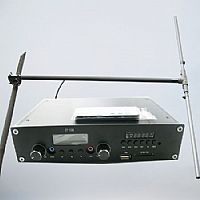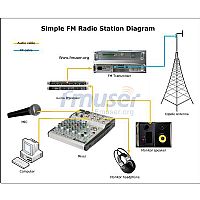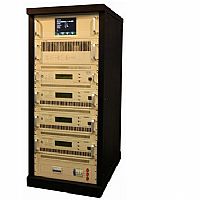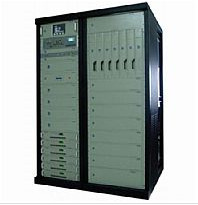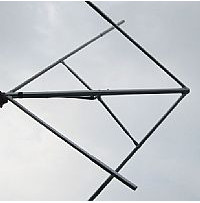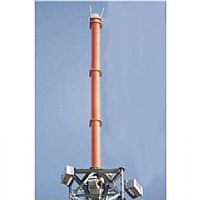The mid-power radio frequency amplifier can be used as a pre-driver in the radio frequency power amplifier of the transmitting circuit, and can be used for signal amplification in the receiving circuit. It is an important part of the radio frequency transceiver. Some mid-power RF amplifiers are in the form of RF BJT discrete components, allowing greater flexibility in design. In use, engineers pay more attention to the design of the matching circuit, and ignore the selection of bias resistance and feed inductance. It has a greater impact on the working status, performance indicators and design difficulty of the circuit, and it is a key point that needs to be considered when designing a medium power radio frequency amplifier.
Take a medium-power radio frequency amplifier BFP780 as an example to briefly analyze and introduce the selection method of bias resistor and feed inductance in the design of medium-power radio frequency amplifier.
1. Selection of bias resistance
BFP780 is an NPN-type triode structure, and the selection of bias resistance is of great significance for determining the static operating point of the tube.
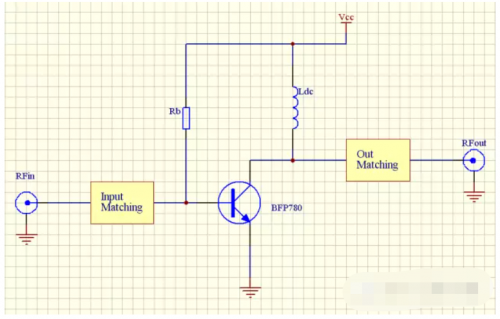
Figure 1 BFP780 DC bias circuit
As shown in Figure 1, Rb in the circuit is a bias resistor, and an appropriate bias resistor needs to be selected to determine the static operating point of the BFP780.
Use a transistor tester to scan the DC parameters, refer to the data manual of BFP780, the limit parameters of VCE, IB, and IC are 6V, 5mA, 120mA respectively. Set the collector input voltage range of the tube to 0~6V and base input current according to the actual situation. The range is 0~1mA. The DC parameter sweep curve is shown in Figure 2:
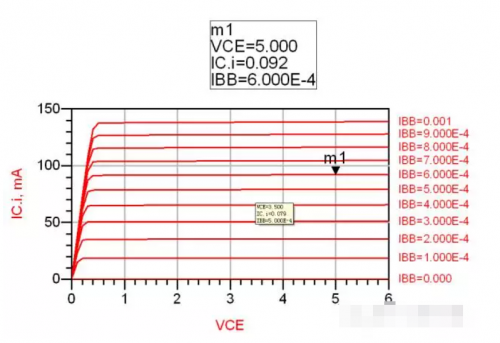
Figure 2 DC parameter sweep
Knowing the static operating point of the tube, the size of the base current IB can be obtained from the scan curve. In actual engineering, in order to reduce the complexity of the equipment power supply, a single power supply is generally used. Table 1 shows the reference value of the bias resistor Rb corresponding to different static operating points within the normal operating range of BFP780 with Vcc=5V:
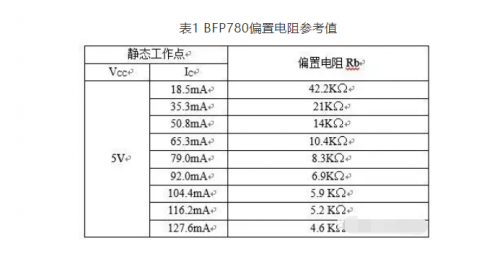
Table 1 Reference value of BFP780 bias resistor
According to different index requirements, select the corresponding bias resistor Rb by looking up the table. For example, to make BFP780 achieve higher linearity, choose Rb=6.9KΩ, set the static operating point to Vcc=5V, IC=90mA, and make it work in Class A amplification mode; make BFP780 reach the index of low noise figure Requirement, select Rb=14KΩ, make its static operating point become Vcc=5V, IC=30mA. We can flexibly select the bias resistor to adjust the static operating point of the BFP780 to meet the needs of the system.
2. Selection of feed inductance
Ldc in Figure 1 is the feed inductance of the BFP780. The considerations for selection are briefly introduced through analysis:
1) The feed inductance has a certain influence on the input and output characteristic impedance of the BFP780. We select the ideal feed inductance and the actual inductance of 39nH to connect to the collector of the tube to test the input and output impedance:
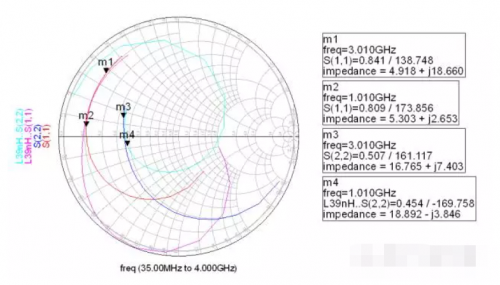
Figure 3 Comparison curve of the influence of feed inductance on the impedance of BFP780
The curve in Figure 3 intuitively shows that when the feed inductor is selected as 39nH, the input and output impedance of BFP780 in the frequency range of 1GHz~3GHz is not much different from the ideal inductance; when the operating frequency is lower than 1GHz, the impedance of the feed inductance of 39nH to the tube is Have a greater impact. The operating frequency of the circuit should be fully considered when selecting the inductance of the feed inductor, otherwise it will cause a larger deviation.
2) The main function of the feed inductor is to introduce the voltage of the power supply Vcc into the collector of the BFP780, while preventing the high-frequency signal output by the collector from interfering with the power supply Vcc. The inductance device needs to be inductive to show the characteristics of DC and AC resistance. Therefore, when selecting the inductor, it should be ensured that its minimum self-resonant frequency is greater than the AC operating frequency of the tube. For example: To use BFP780 to design an amplifier that works at 900MHz, when selecting the feed inductor, its minimum self-resonant frequency must be greater than 900MHz.
The actual feed inductance also has indicators such as rated current and DC resistance. These parameters are affected by the inductance, self-resonance frequency, packaging and other indicators, and must be considered comprehensively when selecting them. Table 2 provides the feed inductance of the BFP780 circuit design. Related parameters for your reference:

Table 2 BFP780 feed inductance reference value
Summarize and share with you, hope it will be helpful to your design
Our other product:






